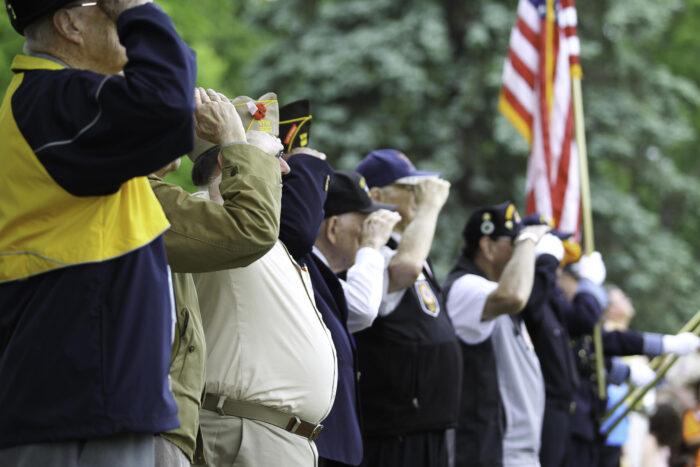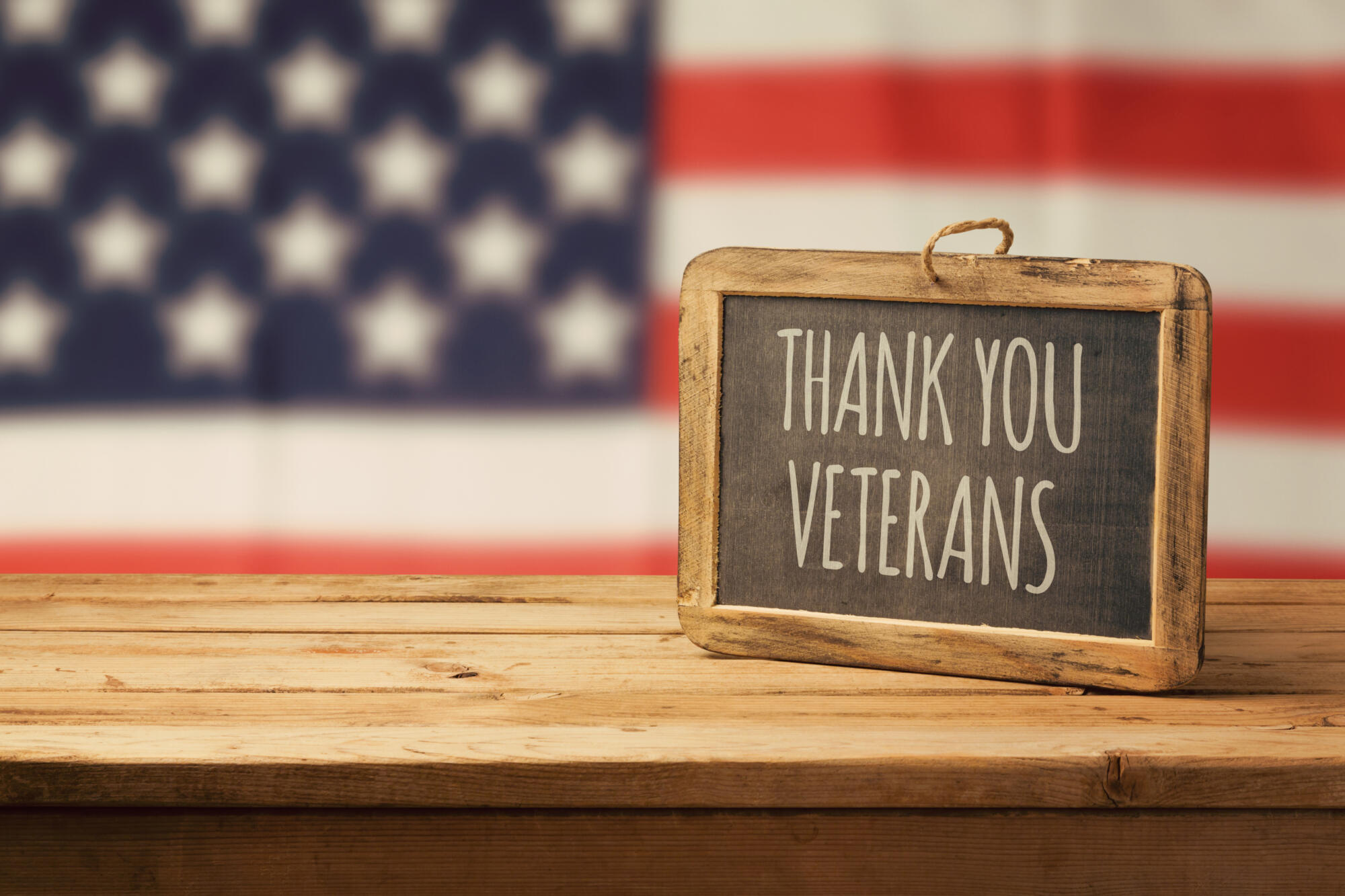While many men and women, young and old alike, have given their lives in service of the country, you would be surprised to know that veterans are living in deplorable conditions. However, there are innumerable ways to raise funds and donations for veterans, and members of the community will be more than willing to participate.
If you want to lend a hand to military families and veterans, one good way you can do so is by organizing a donation drive. Drives teach a message of unity and resilience. Young people may even be inspired to enlist if they participate in a donation drive for veterans as they might feel encouraged to take on the noble cause of serving their country.
Before you begin your drive, don’t forget to pick a donation partner who will help you organize the event. You can search for different local and international donation partners online. Moreover, you can also employ a pickup service such as easydonationpickup.com, which can help you transport your donations.

Here’s how you can organize a donation drive for veterans:
1. Find A Local Partner
First, you will need a local partner or a program that can help you with your donation drive, as well as in understanding the local region of the veterans properly. It can give you some insight into what they might like or dislike as a community. You can then use this information to arrange an appealing donation drive.
Ideally, your local partner should be a support group or a charity. Such local partnerships enable you to expand your reach, meet your donation targets, and get the message across more significant donors. Similarly, upon partnering with such organizations, your team can benefit from their years of experience in organizing donation drives.
Look into some of the most reputable veteran charities in the States, and you can always approach them for different donation drives.
2. Build A Donation Drive Team
After you’ve chosen a local partner, it’s time for you to get your own team on board. Without a team, it would be impossible to organize a successful donation drive. You will need people to manage marketing, finances, operations, and donors, and while you might think you could do all that, having a team can also speed up the process of completing and reaching your objectives. Each of these departments require the appropriate skills that can’t be divided simply among one or two people. If you do that, you run the risk of mismanaging the entire drive.
The more members you will have, the better you can get along with different fundraising ideas. Moreover, each member can pitch in ideas according to their core skills and strengths. With the input of your team, your drive would be more relatable to other people as well.
3. Set Your Objectives
Before you move on with a donation drive, you have to be clear about your objectives and goals. This is because a clash in your objectives and goals can undermine the entire purpose of the donation drive.
This also includes setting your budget and identifying the purpose of the donation drive. Ask yourself, if it’s solely going to be for donation purposes or if you want to spread awareness, too.
These questions will help you identify your objectives more clearly. Look into the following things while identifying objectives:
- Fundraising targets
- Community engagement
- Donation drive venues
- Types of fundraisers
- Target audience, from community donors to large organizations
If you are organizing a donation drive in multiple venues at the same time, you can appoint focal persons to update you about that location’s efforts.
4. Identify A Time Frame
If you are organizing a donation drive for a specific purpose, such as wanting to help veterans after a natural calamity or during an economic downtime, you have to set a time frame according to your donation targets.
For a long-term donation drive, you can always place donation boxes in public places, bus stops, departmental stores, and parks. You don’t want to restrict your donors to just a single day or a week. After identifying a time frame, you can tally your donations accordingly.
5. Spread The Word
The most important aspect of a donation drive is to get the word out. You have to target small-scale businesses, community donors, and large organizations alike. Share your success stories with them and make them realize how important it is to help veterans.
You can market your donation drive with help from fundraising flyer templates and also online with endorsements from familiar veterans and veteran organizations. This will help in getting potential donors to trust you.
6. Decide On A Fundraising Theme
After you have successfully laid out your framework for a donation drive, you need to decide on a theme for it. This will help you keep the entire event lighthearted and informative as well.
Here are some fundraising theme ideas you might want to consider:
Merchandise Fundraising
You can create customized t-shirts, mugs, art, and other merchandise types based around being a veteran or even a proud family member of a veteran. These will help people recognize them as heroes, as well as create an air of awareness throughout the drive.
Hold A Donation Barbecue
While organizing a donation drive for veterans, you can always have fun activities planned. For instance, you can hold a fundraiser barbecue and gather everyone around in a beautiful garden.
Walkathon
If you are passionate about military and veteran causes, walkathons are your way to garner support for servicemen as a lot of people tend to participate in this kind of activity as it’s not only fun, but is also a healthy and non-strenuous way of exercising.
The Bottom Line
No matter how you raise donations for veterans, the ultimate goal is to work for their well-being as many have had a hard time returning to their normal lives. Be sure to make veterans feel appreciated and acknowledged with this event as it helps them remember that they are a crucial part of society, and that their contributions are remembered and well-respected.






